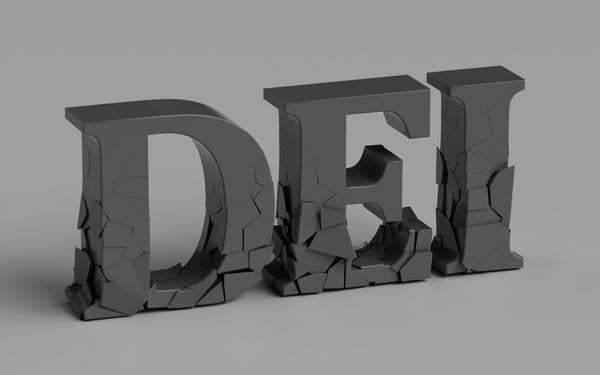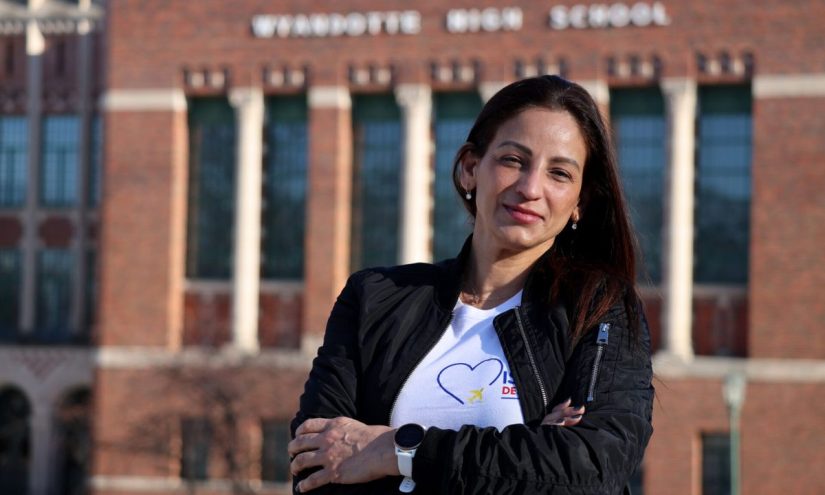Announcing the news on July 29, Immigration, Refugees and Citizenship Canada (IRCC) said the move supported its “commitment to… transparency” and, in theory, has been hailed as welcome news for prospective students, institutions and representatives.
“This is a welcome step that many of us in the sector have long advocated, however how it is actually implemented remains to be seen,” director of global engagement at the University of British Columbia, Philipp Reichert, told The PIE News.
The move is intended to provide greater transparency and clarity in IRCC’s decision-making, giving applicants a better understanding of the reasons for their visa refusal, and reducing the need to submit Access to Information Requests (ATIR) or file Judicial Reviews challenging visa decisions.
And yet, “the real test will be whether these officer decision notes provide meaningful detail, rather than generic statement, to support informed reapplications”, said Reichert.
Given the frustration of applicants and representatives who previously received template refusal letters, Canadian immigration lawyer Will Tao said it was “largely justifiable” that colleagues had generally reacted positively to the news.
However, heeding caution, Tao raised concerns “that having letters which provide only the summary of the final decision, the ‘last entry notes’ so to speak, may not move us forward very much”.
Just two days into the new policy, early examples of IRCC decision notes are already circulating among educators and immigration lawyers, with Reichert calling them “disappointingly brief and surface-level”.
Stakeholders have stressed that the policy will only be effective if decision notes meaningfully explain how an officer reached their conclusion. “Transparency without clarity risks being a missed opportunity,” warned Reichert.
In the policy’s early phase, decision notes are being provided with visa refusal letters for study permits, work permits, visitor visas and extensions, with more application types to be added over time.
The change comes amid rising sector concerns over the falling study permit approval rate which dropped from 60% in 2023 to 48% in 2024, meaning half of all prospective international students were denied entry to Canadian institutions last year.
What’s more, the declining approval rate comes as the pool of applicants is shrinking due to the federal cap on international students – a trend that has surprised some stakeholders who had expected the applicant pool to have become stronger.
As approval rates have fallen, a growing number of international students are relying on information requests to obtain basic information about the reasons for refusal, as well as appealing the decision through judicial reviews.
If implemented correctly, clear officer decision notes could reduce the number of ATIP requests and judicial reviews by addressing some of the uncertainty that drives these decisions.
Superficial or templated notes are unlikely to make a significant difference to JR volumes
Philipp Reichert, University of British Columbia
Not only would this make for a fairer process, but it would also lower the administrative burden and costs on the IRCC system and “create a smoother experience for everyone involved”, noted Reichert.
“However, this will depend heavily on the quality of the information provided. Superficial or templated notes are unlikely to make a significant difference to Judicial Review volumes,” said Reichert.
Based on initial examples, Tao said the notes so far had provided “merely the same boilerplate language” except without the disclosure of the use of Chinook (the IRCC’s software system), triage and timestamp information, which, he warned, would make it difficult to uncover bulk decision-making.
At the same time, commentators have highlighted that it is still “early days”, with Tao suggesting that the use of tools including IRCC GPT could drive more case-specific refusal reasons over time.
Notably, the change comes as the IRCC is planning to de-platform its case management system (GCMS) altogether, meaning that the officer notes could be all that applicants can access in the new Digital Platform Modernisation, ‘DPM 3’, due to be rolled out across IRCC’s temporary resident visa program next year.
Though until that happens: “my clients will likely still need to file ATIPs and also judicial review decisions telling the court full reasons were not received,” said Tao.





